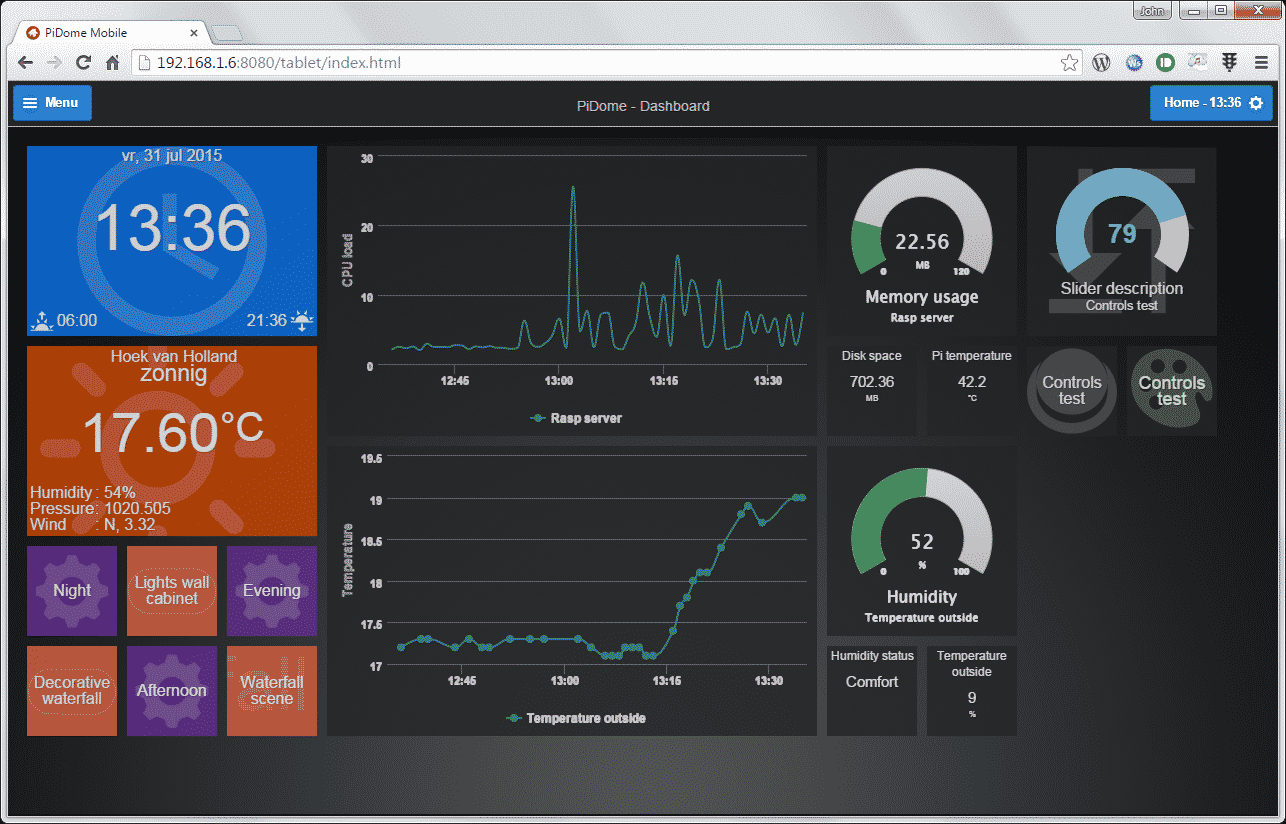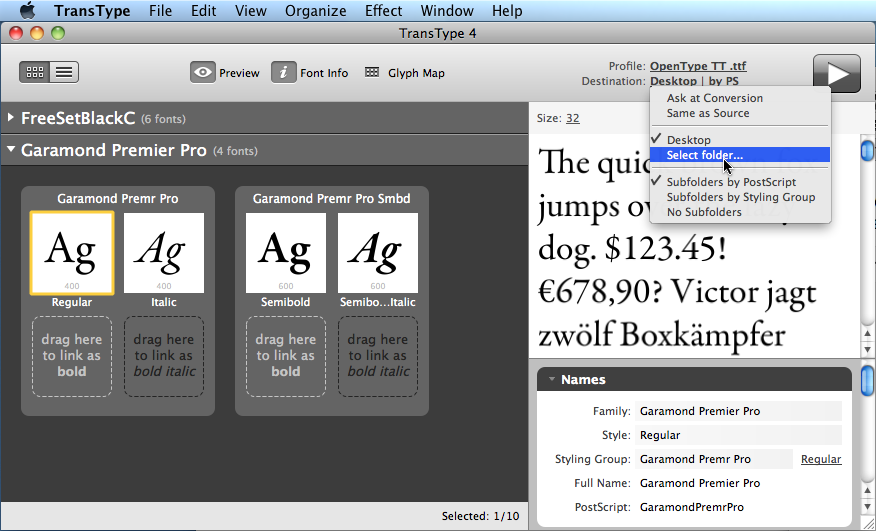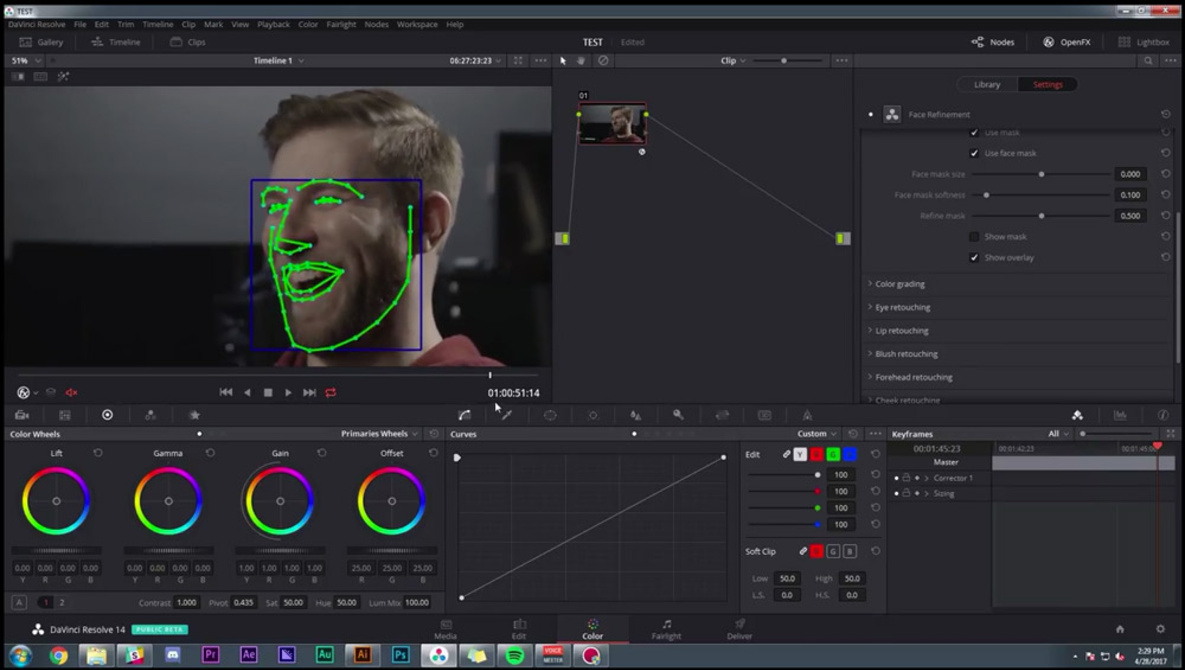
In 1993, Ken Church and Ed Hovy, then at AT&T Bell Labs, wrote a widely cited paper with the provocative title “Good Applications for Crummy Machine Translation.” 2 Statistical MT had been invented in the late 1980s, superseding the rule-based systems of the 1960s. 1990s: Do Statistics Improve Post-Editing? In 1966, federal funding for MT research was reduced dramatically, resulting in an “MT winter” that lasted about 20 years. It turned out that “someday” was not to come any time soon. Even at that, I doubt if the edited translation reads as smoothly as one which I would have started from scratch … Someday, perhaps, the machines will make it, but I as a translator do not yet believe that I must throw my monkey wrench into the machinery in order to prevent my technological unemployment. I found that I spent at least as much time in editing as if I had carried out the entire translation from the start. It seemed like a good idea … I must confess that the results were most unhappy. He provided an anecdotal evaluation of the latest MT technology, calling the experience a “slave’s eye view”: Beyer enumerated possibilities for handling this information deluge, including MT.

For example, the Journal of Experimental Physics of the USSR alone had expanded from 1,500 to 4,500 pages per year during NSF’s program.
#Transtype open source how to#
The problem was how to broaden NSF’s program to other languages and other academic fields to cover an ever-growing range of content. For example, Beyer observed that Sputnik was not an instantaneous achievement, but it had been “foreshadowed in their literature, but this was largely unknown in the West.” Beyer noted that a language barrier, as even the tourist knows, is an effective way of discussing secrets in plain view. Ten years later, the program was generating 15,000 pages annually at a cost of $500,000, which was covered through subscriptions. He was participating in a National Science Foundation (NSF) program started in 1955 for the purpose of translating Soviet physics journals. In the January 1965 issue of Physics Today, Robert Beyer, a professor of physics at Brown University, described his experience post-editing a scientific paper from Russian into English.

1960s: First Experiences with Post-Editing So what should we expect? Is the current post-editing technology our best hope? To help answer these questions, let’s begin with a short history of post-editing before delving into more recent developments in machine-assisted translation technology. But translation memory (TM), which is essentially a deterministic MT system augmented with heuristics, is not the future either. For human translators, it often forces the user to correct erroneous output. For researchers seeking fully automatic translation, post-editing is considered more of a failure mode. Post-editing was never meant to be the future of machine translation (MT). Here are a few new approaches regarding the future of machine translation that go beyond post-editing, along with some practical tools in interactive and adaptive translation technology. dita-ot-helper automatically (re-) installs this plugin before compiling.Beyond Post-Editing: Advances in Interactive Translation Environments
#Transtype open source pdf#
A documentation repository contains a customized PDF plugin in a folder. Local plugin reinstallation from a development directory.DITA OT Plugin dependencies (local and remote) for specific compilations.Installing DITA-OT in autonomous environments (such as Continuous Integration).

An easy-to-use project file system allowing easy automation.AbstractĪt its core, the goal of this project is to create an abstraction layer for the DITA Open Toolkit compilation process that "fixes" a few pain-points. Direct changes to the README.md will get overwritten. Note: This README is compiled (using dita-ot-helper) from the DITA sources in the /samples/readme folder. A little helper for automating some of the more tedious tasks of automation with the DITA Open Toolkit


 0 kommentar(er)
0 kommentar(er)
